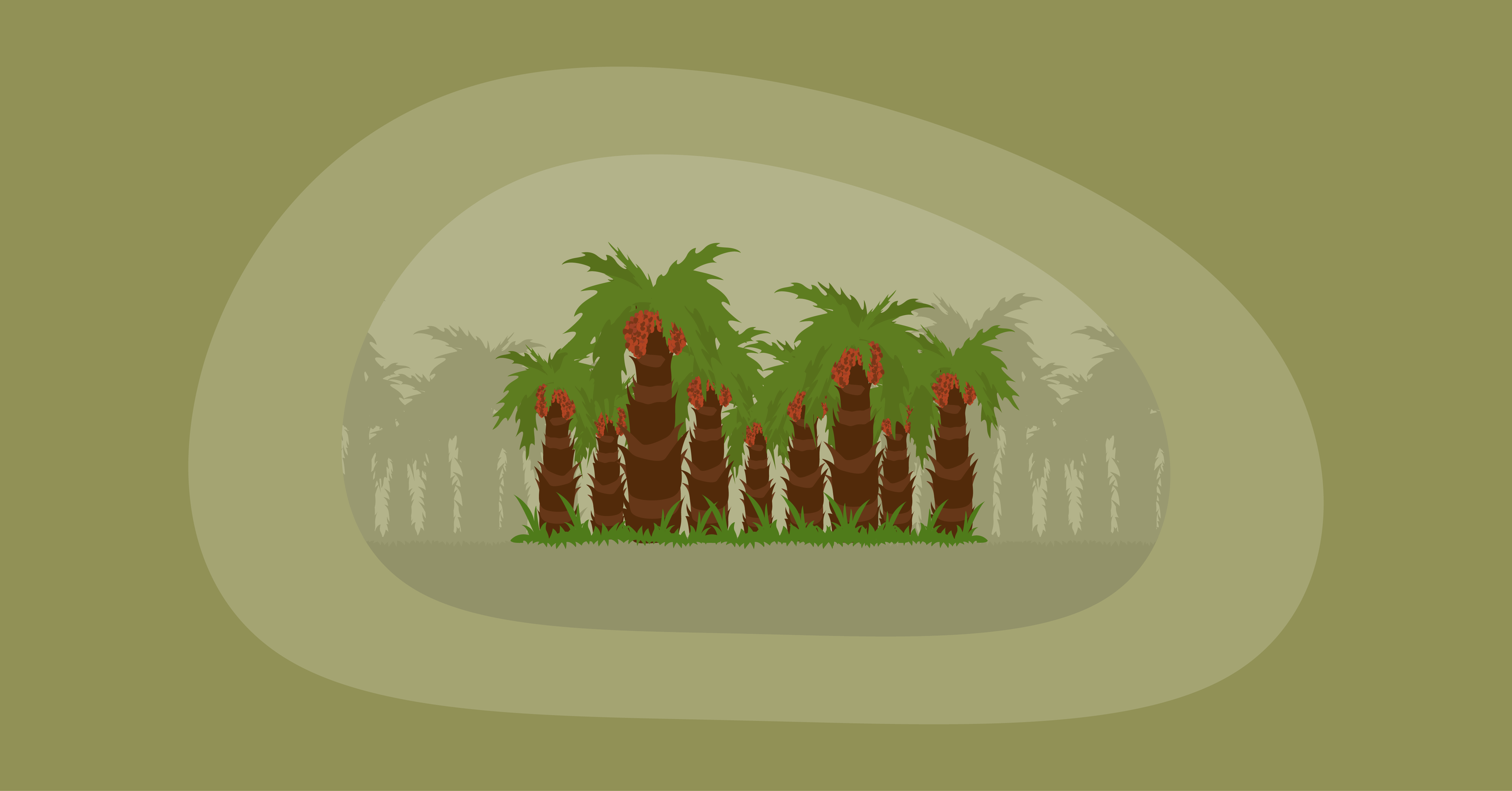How Sustainable Is Palm Wood? Here Are the Facts
Palm wood comes from various tree-like species in the palm family. This large and diverse family of plants grows in abundance across the world’s tropical regions. It means palm woods can be sustainable thanks to their high availability. However, logging in tropical forests could cause great ecological damage. So we had to ask: How sustainable is it to buy products made out of palm wood?















